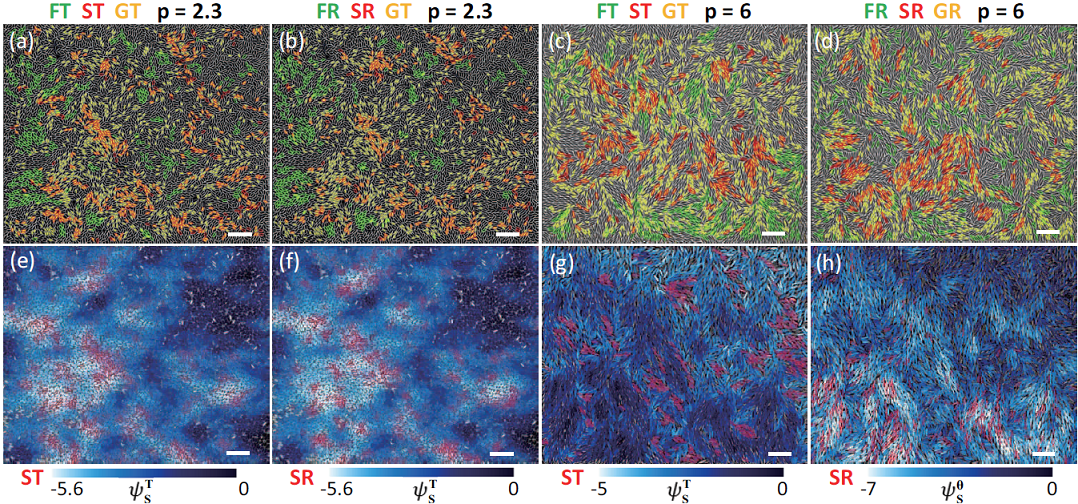Jan 18 2021
Different glass materials have played a vital role in the growth of modern civilization because of their beneficial properties. Particularly, glasses exhibit a liquid-like disorganized structure but solid-like mechanical properties.
 Different glass materials have played a vital role in the growth of modern civilization because of their beneficial properties. Particularly, glasses exhibit a liquid-like disorganized structure but solid-like mechanical properties.
Different glass materials have played a vital role in the growth of modern civilization because of their beneficial properties. Particularly, glasses exhibit a liquid-like disorganized structure but solid-like mechanical properties.
This results in one of the main mysteries of glasses: “Why don’t glasses flow like liquids?” This question is so crucial that it was chosen by the journal Science in 2005 as one of 125 significant, unsolved scientific questions, and one of 11 unresolved significant physical problems.
One can barely notice the movements of atoms at a length scale of approximately 0.1 nm and a time scale of ~1 ns. But luckily, researchers have discovered that colloidal systems exhibit similar phase behaviors like atomic systems. Colloids are considered as big “atoms” that disclose microscopic data regarding phase transitions that cannot be derived easily from atomic materials.
Over the last 10 years, colloidal glasses have gained huge attention, leading to several significant discoveries. But a majority of these studies are related to spherical particles that have a tendency to develop local or intermediate-range crystalline structures. Regrettably, these studies are not widely relevant because a majority of the glasses are not composed of spheres and do not have a crystalline structure.
To combat this issue, scientists from the Institute of Mechanics of the Chinese Academy of Sciences and Hong Kong University of Science and Technology recently performed experimental studies on glassy systems that are composed of nonspherical particles, for the first time.
The team discovered that the monolayers of monodisperse ellipsoids are better glass formers and they do not develop local crystalline structures. Hence, they offer a perfect and common system to detect the structural origin of slowing dynamics as the glass transition is reached.
Glass formers have powerful dynamic heterogeneities, that is, certain regions tend to move slow and some move fast. These findings demonstrate that structures with low structural entropy match well with slow dynamics, while quick relaxing (flowing) regions have high structural entropy.
In glasses formed of spherical particles, certain polyhedral structures were generally considered as the basis for the slow dynamics. But a kind of polyhedron occurs only in some systems of spheres.
Structural entropy is the measure of the level of disorder in a structure, such as various definite local structures, for example, virous polyhedra, that occur in systems composed of spheres. Therefore, in glassy matter, the low structural entropy is a usual structural feature of slow dynamics present, which is applicable in systems that are composed of spheres and non-spheres.
Besides, the team noticed Ising-like crucial behaviors at a perfect glass transition point in both slow dynamics and static structures. These kinds of behaviors are a quantitative feature of thermodynamic transition that describes whether glass transition is purely thermodynamic (structural) or dynamic, as there are no ordering structures in glasses.
The observation of critical behaviors in ellipsoid glasses provides much more solid quantitative evidence of the thermodynamic nature of glass transition. The results shed new light on both the mysteries of glass theory and designing materials with high stability and glass forming ability.
Yuren Wang, Study Corresponding Author, Chinese Academy of Sciences
Journal Reference
Zheng, Z., et al. (2021) Translational and rotational critical-like behaviors in the glass transition of colloidal ellipsoid monolayers. Science Advances. doi.org/10.1126/sciadv.abd1958.